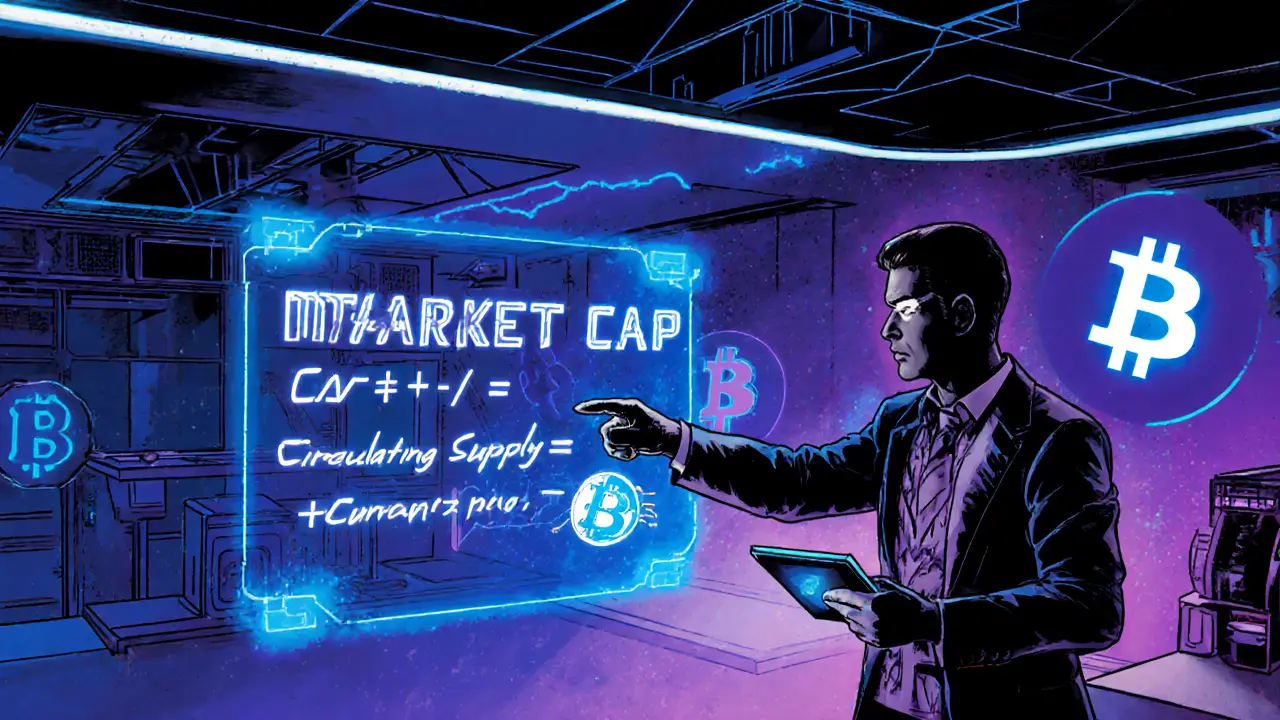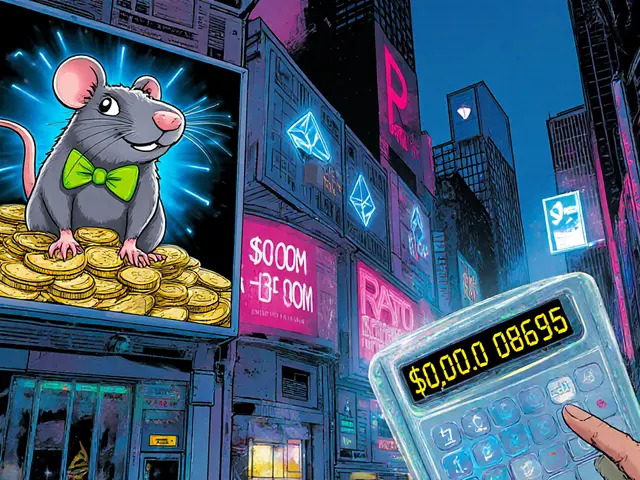Cryptocurrency Market Cap: Why It Matters for Every Investor
When you hear the term cryptocurrency market cap, it refers to the combined value of all digital coins in circulation. Also known as total market value, it gives you a quick snapshot of a coin’s size and market position. Understanding this figure helps you compare assets, spot over‑valued projects, and gauge overall market health. Another key piece of the puzzle is the crypto airdrop, free token distribution used to boost awareness and community size, which often spikes the market cap of tiny tokens. Similarly, the crypto exchange, platform where you trade coins and view market‑cap rankings directly influences which caps you see, because different exchanges list slightly different supply numbers. Finally, crypto regulation, government rules that affect trading, reporting, and token issuance can cause abrupt market‑cap swings when new policies are announced.
Key Factors that Shape Market Cap
At its core, market cap equals price multiplied by circulating supply. Take Bitcoin: a price of $30,000 and roughly 19 million coins in circulation yields a market cap near $570 billion. Ethereum, with a lower price but a larger supply, sits around $250 billion. These numbers aren’t just trivia – they help you decide if a coin is a blue‑chip asset or a tiny speculative gamble. Cryptocurrency market cap encompasses every listed coin, from the biggest blockchains down to the newest meme tokens, giving you a bird’s‑eye view of the entire ecosystem.
Accurate market cap requires reliable exchange data. Each exchange reports its own price and supply figures, and subtle differences can change a coin’s ranking. When a token lists on a new exchange, the reported circulating supply often jumps, pushing the market cap upward even if the price stays flat. This is why many analysts cross‑check multiple platforms before drawing conclusions.
Airdrops can temporarily inflate market cap. When a free token distribution occurs, holders suddenly own additional coins, raising the total supply count that price feeds use. If the market reacts positively, the price may climb, causing a noticeable cap surge. However, the effect usually fades once traders sell the free tokens, reminding you to look beyond the flash of a high cap.
Regulation influences market cap volatility. Announcements of new reporting requirements, tax rules, or outright bans can cause investors to rush in or out of positions. For example, when a major country tightens crypto rules, the market cap of many coins drops within hours. Conversely, a friendly regulatory environment can attract institutional money, lifting caps across the board.
DeFi activity also drives market cap growth. As decentralized finance protocols lock more value, the underlying tokens often see price appreciation, which lifts their total market value. Yield farms, liquidity pools, and token‑burn mechanisms all add layers of utility that can boost a coin’s cap over time.
Putting it all together, market cap is a dynamic metric that reflects price, supply, exchange listings, airdrop events, regulatory climate, and DeFi usage. Grasping these relationships lets you spot real opportunities and avoid hype‑driven bubbles. Below, you’ll find a curated set of articles that dive deeper into each of these angles – from airdrop guides and exchange reviews to regulation updates and DeFi insights – giving you the practical knowledge to navigate the crypto space confidently.





